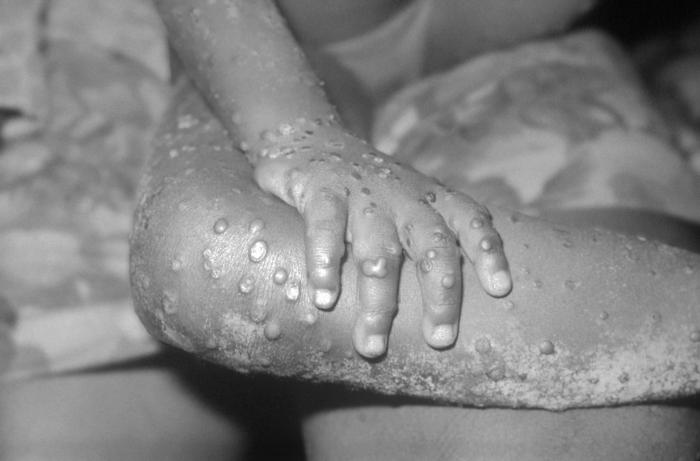In a follow-up on the monkeypox outbreak in Likouala province in northern Congo, since the outbreak onset in late January, a total of 70 cases including 4 deaths have been reported through Apr. 23.

The Congo government formally declared the outbreak on Mar. 13.
Children under 15 years of age are the most infected, accounting for 60% of the overall caseload and a total of 18 villages in 5 districts (Enyelle, Betou, Dongou, Impfondo, and Owando) have been affected.
The World Health Organization (WHO) says the outbreak of monkeypox in Congo is insidiously continuing in the communities despite the low potential of the disease to propagate through person-to-person transmission. This trend depicts high transmission potential due to prevalent underlying exposure risk factors in the communities.
According to the CDC, the symptoms of monkeypox are as follows: About 12 days after people are infected with the virus, they will get a fever, headache, muscle aches, and backache; their lymph nodes will swell; and they will feel tired. One to 3 days (or longer) after the fever starts, they will get a rash. This rash develops into raised bumps filled with fluid and often starts on the face and spreads, but it can start on other parts of the body too. The bumps go through several stages before they get crusty, scab over, and fall off. The illness usually lasts for 2 to 4 weeks.
Rodents, such as rope squirrels, door mice and pouched rats, are the suspected reservoir hosts, with monkeys and humans as secondary, spill-over hosts.
People at risk for monkeypox are those who get bitten by an infected animal or if you have contact with the animal’s rash, blood or body fluids. It can also be transmitted person to person through respiratory or direct contact and contact with contaminated bedding or clothing.
There is no specific treatment for monkeypox.
Related:


2 thoughts on “Monkeypox outbreak in Congo: 70 cases, 4 deaths”